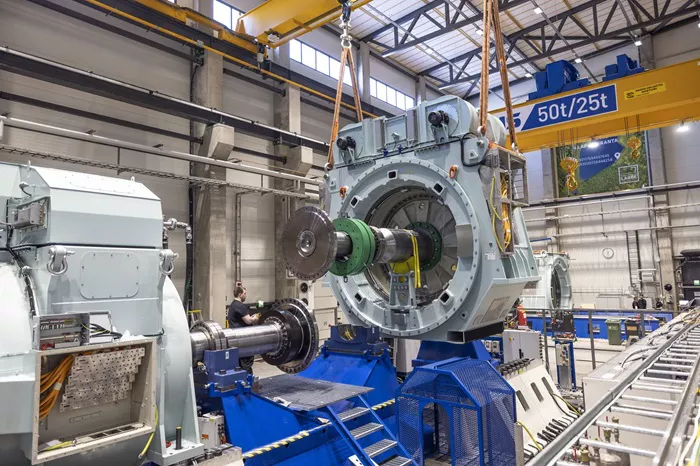Houston, as the fourth largest city in the United States, the stability of its power system directly affects the lives and economic operations of millions of residents. Power grid failures are often caused by extreme weather conditions (such as hurricanes and ice disasters), aging equipment or human error. As the core equipment of emergency power sources, generators play a crucial role in maintaining the operation of key facilities during power outages. Combining technical details and actual cases, this paper analyzes the duration, influencing factors and potential improvement directions of Houston’s reliance on generators during grid failures, providing a reference for enhancing the resilience of the power system.
Background of power grid faults and the role of generators
Houston is located along the Gulf Coast and is constantly threatened by natural disasters such as hurricanes and floods. The winter storm “Uri” in 2021 caused the Texas power grid to collapse, with a large-scale power outage in Houston lasting over 72 hours, making it one of the most severe power crises in recent years. During power grid failures, generators become the “lifeline” of key locations such as hospitals, data centers, and water supply facilities.
From a technical perspective, generators are classified into three types: portable (5-20kW), commercial fixed (50-500kW), and industrial (over 1MW). Its deployment speed, fuel type (diesel, natural gas) and capacity directly affect the sustainability of emergency power supply. For instance, during the “Uri” period, the Houston Medical Center activated multiple 2MW diesel generators, but the disruption of the fuel supply chain led to some of the equipment only lasting for 48 hours.
Duration analysis relying on generators
The duration of reliance on generators after a power grid failure in Houston is usually divided into three stages:
Short-term (24-72 hours) : The initial repair period of the power grid, during which generators are concentrated in key facilities such as hospitals and emergency command centers.
In the medium term (3 to 7 days) : If the main transmission lines are damaged (such as tower collapse or substation failure), generators will be relied upon to support the temporary power supply stations in residential areas.
Long-term (more than one week) : In extreme circumstances (such as the ice disaster in 2021), some remote communities, due to the slow reconstruction of the power grid, continuously used generators for up to 10 days.
Technical limitations
Fuel supply: Diesel generators need to be refueled daily. If traffic is disrupted or reserves are insufficient, the power supply duration will be significantly shortened.
Parallel operation risk: When multiple generators are connected in parallel, the voltage and frequency need to be synchronized. Improper operation can easily cause equipment damage.
Environmental factors: High temperatures or humid environments may reduce the efficiency of generators and increase the failure rate.
Actual cases and data verification
Take the winter storm in 2021 as an example. The power grid failure in Houston lasted for four days, but it took seven days to fully recover. The data shows:
Key facilities: 90% of hospitals activated their generators within 48 hours, but 30% lost power after 72 hours due to fuel shortages.
Residential area: Only 15% of households are equipped with household generators and rely on government temporary power stations (with an average daily power supply of 8 hours).
Economic losses: The cost of generator rental has soared by 300%, and some enterprises have suffered losses of over ten million US dollars due to power outages.
Suggestions for enhancing the emergency response efficiency of generators
Pre-buried fuel reserves: Establish underground storage tanks for diesel or natural gas around key facilities to ensure at least a 7-day supply.
Smart microgrid integration: Combining generators with solar energy and energy storage systems to form off-grid power supply units (such as Tesla Powerpack).
Standardized operation training: Regularly conduct drills on generator parallel connection and maintenance for public institution personnel to reduce human errors.
Conclusion
Houston usually relies on generators for 3 to 7 days after a major power grid failure, but its sustainability varies significantly due to constraints such as fuel supply, equipment maintenance and environmental conditions. In the future, it is necessary to enhance the resilience of emergency power through the “fuel reserve + renewable energy coupling” model, and at the same time optimize the deployment strategy of community-level generators. As an electrician, it is suggested that generators be incorporated into the redundant design of urban infrastructure and public emergency power education be promoted to minimize the impact on people’s livelihood and the economy during disasters.

